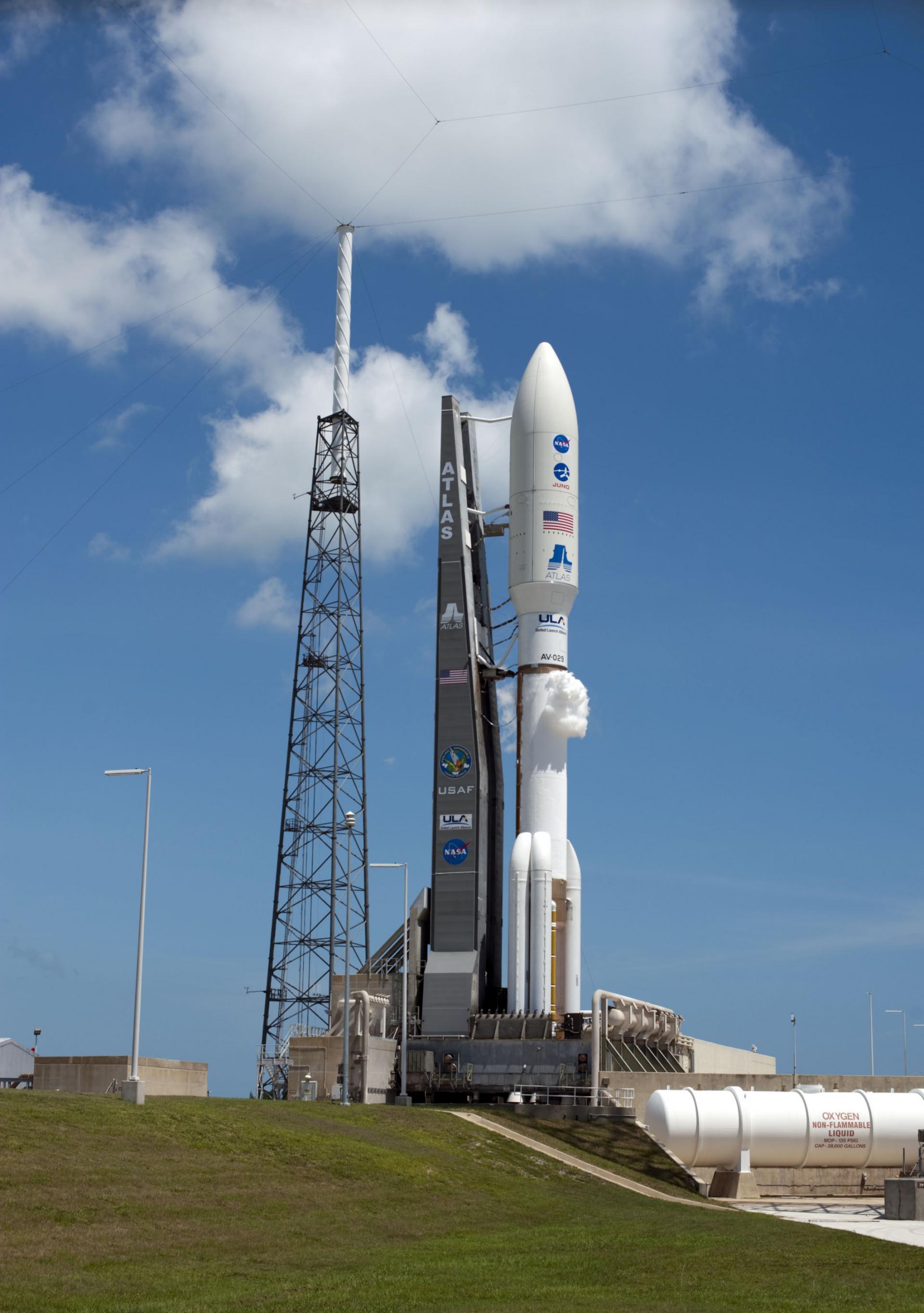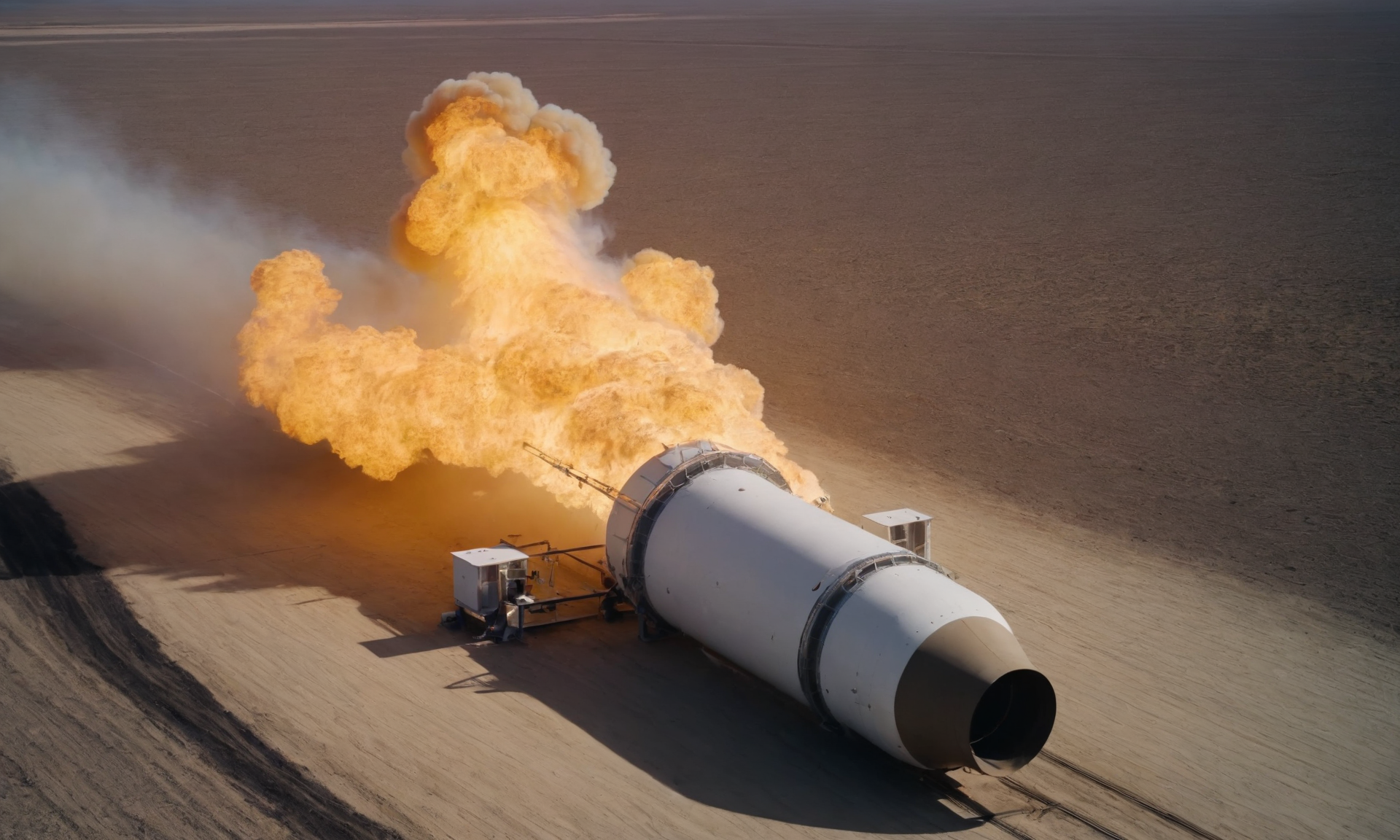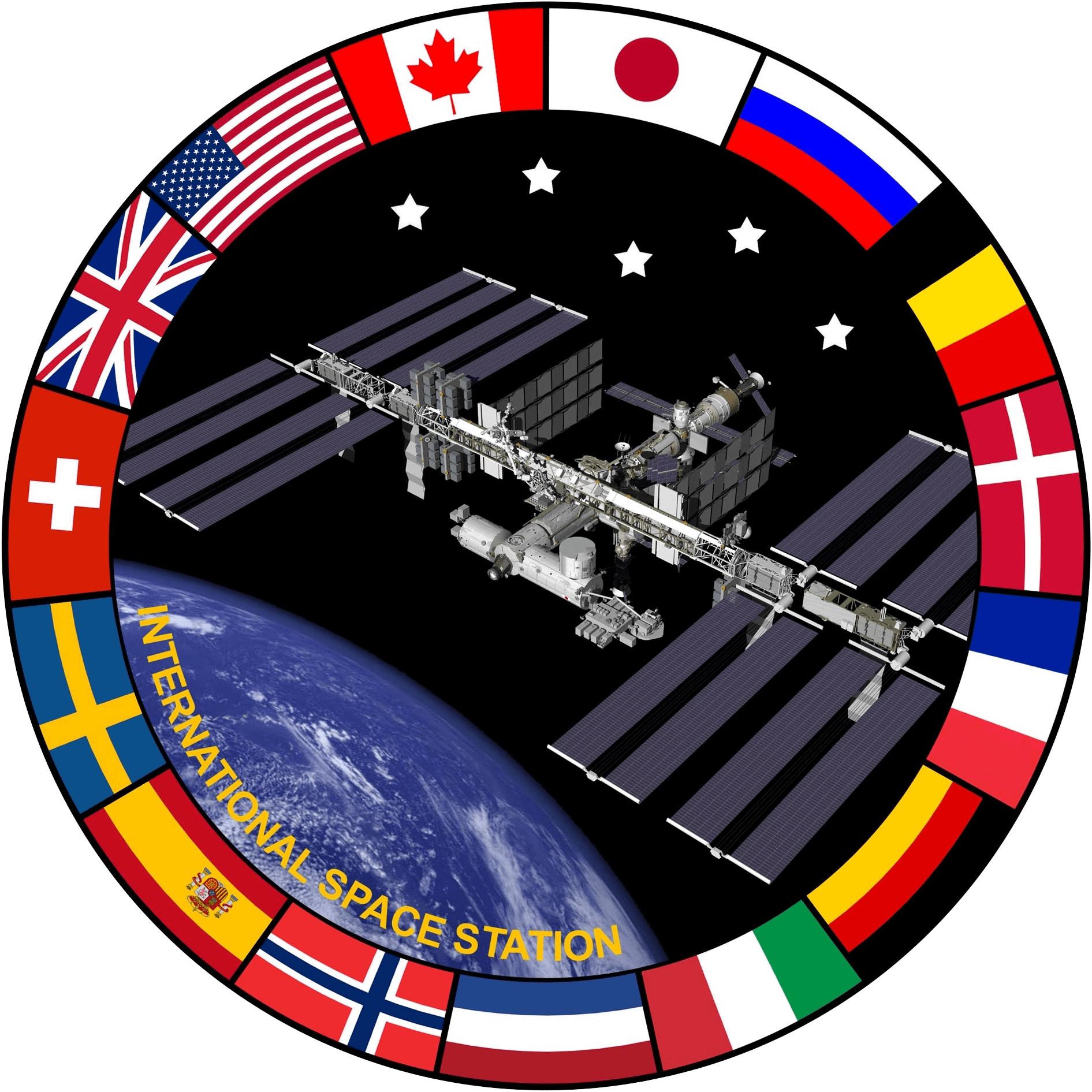· space brief · 6 min read
Space Brief 31 May 2025
Today's brief covers a significant GPS satellite launch by SpaceX, China's classified satellite mission, and Rocket Lab's strategic steps in the defense sector.

📄Top Stories
SpaceX has successfully launched the latest GPS III satellite for the U.S. military, marking a rapid turnaround between missions. Meanwhile, China has sent a classified satellite into orbit, furthering its position in space defense. Rocket Lab’s acquisitions indicate its ambition to become a prime defense contractor.
📰Detailed Coverage
SpaceX Launches GPS III Satellite for U.S. Military
SpaceX launched the GPS III SV-08 satellite for the U.S. military aboard a Falcon 9 rocket. This satellite, part of Lockheed Martin’s GPS III program, is the eighth of ten expected to enhance the global positioning system. The launch highlights SpaceX’s efficiency, as it took place less than three months after receiving the go-ahead from the government.
The GPS III satellites are designed to provide improved navigation and timing services to military and civilian users worldwide. This launch is a testament to SpaceX’s capability in supporting national security missions with increased frequency and speed.
Read the full story: SpaceNews
Rocket Lab’s Ambition in the Defense Sector
Rocket Lab has been making strategic acquisitions to strengthen its position as a defense contractor. CEO Peter Beck outlined the company’s aggressive growth strategy in the defense sector. These acquisitions aim to integrate advanced technology and increase Rocket Lab’s footprint in military operations.
This pursuit positions Rocket Lab as a competitive entity in satellite launches and space systems for defense applications, which could enhance global satellite tracking and data acquisition. Understanding these developments can help users of our web app gain deeper insights into new orbital participants.
Read the full story: SpaceNews
China Launches Classified Shijian-26 Satellite
China successfully launched the Shijian-26 satellite on a Long March 4B rocket from the Jiuquan Satellite Launch Center. This mission remains largely classified, with little public information about the satellite’s purpose. This marks China’s ninth launch this month, showcasing a significant rise in its orbital activities.
The secrecy surrounding the Shijian-26 underscores the complex nature of global satellite tracking and the challenges associated with unclassified missions. The increase in launches calls for improved tracking capabilities, which our web app can support through its advanced satellite position data and monitoring features.
Read the full story: SpaceNews
U.S. Space Force Enhances Navigation Capabilities
The latest GPS satellite launched by SpaceX is expected to significantly boost the U.S. Space Force’s navigation capabilities. The mission represents a short turnaround for a national security mission and reflects the increasing pace of military satellite deployments.
These developments in GPS technology are crucial for not just military applications but also for civilian services worldwide, enhancing location-based services and ensuring more precise geolocation.
Read the full story: SpaceFlight Now
Global Collaborations in Defense Industries
Allies of the United States, including Australia, India, Japan, and South Korea, are increasingly involved in rebuilding America’s defense industrial base. These countries are not just consumers but also contributors, aiming to fortify the production and innovation capacities of U.S. defense capabilities.
This collaboration highlights a growing trend of global integration in defense technologies, which could pave the way for shared advancements in satellite technology and infrastructure.
Read the full story: Breaking Defense
🛰️Satellite Spotlight
- Satellite Name: NUSAT-29 (EDITH CLARKE)
- NORAD ID: 52764
- Launch Date: May 25, 2022
- Mission: Earth observation
- Orbit: LEO
- Operator: URUGUS
- Fun Fact: Named after the first woman to earn a degree in electrical engineering in the United States, Edith Clarke, this satellite contributes to advanced imaging and communications capabilities.
Track this satellite in real-time on our web app: Track NUSAT-29
🌌Space Weather
Current space weather shows Enhanced solar wind (653 km/s).
R0 - S0 - G0
Next 24 Hours: In the upcoming 24 hours, satellite operators can expect no risk of radio blackouts or solar radiation storms, making this a relatively stable period for communications and operations. However, G1 (Minor) geomagnetic conditions are anticipated due to trailing effects from coronal holes, which may lead to some disturbances for ground-based radars and telescopes. Satellite communication users should experience reliable service, but monitor for potential, albeit low, R1-R2 (Minor-Moderate) radio blackout chances that could influence high-frequency communications.
Beyond: Looking ahead to the period from 26 May to 21 June, moderate solar activity (R1-R2) is likely, with possibilities of R3 (Strong) events as Region 4098 approaches the western limb of the Sun. This activity could impact satellite owners as M-class X-ray flares may occur, but proton events are not forecasted at geosynchronous orbit. The greater than 2 MeV electron flux is expected to be high between 30 May - 05 Jun and 14-21 Jun, which may pose risks for satellites in Low Earth Orbit (LEO) due to increased drag. Geomagnetic activity is expected to elevate, particularly with G1 storms forecasted around 13-14 Jun and active conditions on various other days. Stakeholders should prepare for potential disruptions while maintaining vigilant monitoring of communications and LEO satellite operations during this dynamic period.
🚀Upcoming Space Launches
May 31
- Blue Origin New Shepard:
- NS-32 from West Texas Suborbital Launch Site (13:30 UTC) This is the 12th crewed flight for the New Shepard program and the 32nd in its history.
- SpaceX Falcon 9:
- Starlink Group 11-18 from Vandenberg Space Force Base (20:10 UTC) A batch of 27 satellites for the Starlink mega-constellation - SpaceX’s project for space-based Internet communication system.
June 2
- SpaceX Falcon 9:
- Starlink Group 12-19 from Cape Canaveral Space Force Station (04:57 UTC) A batch of satellites for the Starlink mega-constellation - SpaceX’s project for space-based Internet communication system.
- Rocket Lab Electron:
- Full Stream Ahead (BlackSky Gen-3 2) from Rocket Lab Launch Complex 1B (23:30 UTC) 2nd of the BlackSky Gen-3 high resolution Earth-imaging satellites.
June 3
- SpaceX Falcon 9:
- Starlink Group 11-22 from Vandenberg Space Force Base (23:50 UTC) A batch of satellites for the Starlink mega-constellation - SpaceX’s project for space-based Internet communication system.
June 7
- SpaceX Falcon 9:
- Sirius SXM-10 from Cape Canaveral Space Force Station (03:00 UTC) SXM-10 is the 11th high-powered, digital, audio radio satellite built by Maxar for SiriusXM.
June 8
- SpaceX Falcon 9:
- Axiom Space Mission 4 from Kennedy Space Center (13:11 UTC) This is a Crew Dragon flight for Axiom Space, carrying both professional and private astronauts to the International Space Station.
- SpaceX Falcon 9:
- Starlink Group 15-8 from Vandenberg Space Force Base (13:34 UTC) A batch of satellites for the Starlink mega-constellation - SpaceX’s project for space-based Internet communication system.
June 13
- United Launch Alliance Atlas V 551:
- Project Kuiper (KA-02) from Cape Canaveral Space Force Station (18:29 UTC) Project Kuiper is a mega constellation of satellites in Low Earth Orbit managed by Amazon, providing broadband internet access.
Note: Launch dates and times are subject to change due to technical or weather considerations.

Maurice Stellarski





